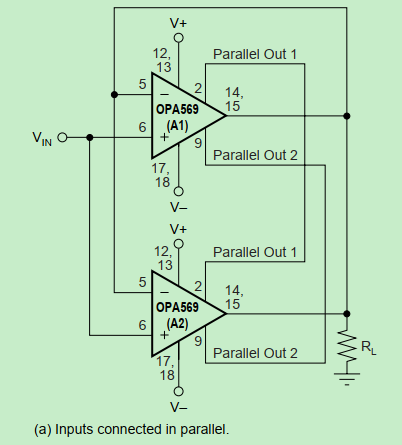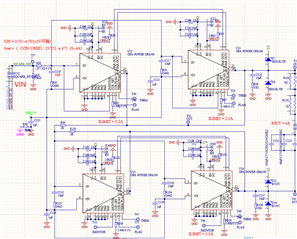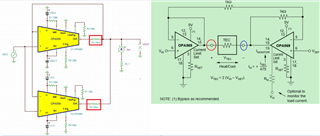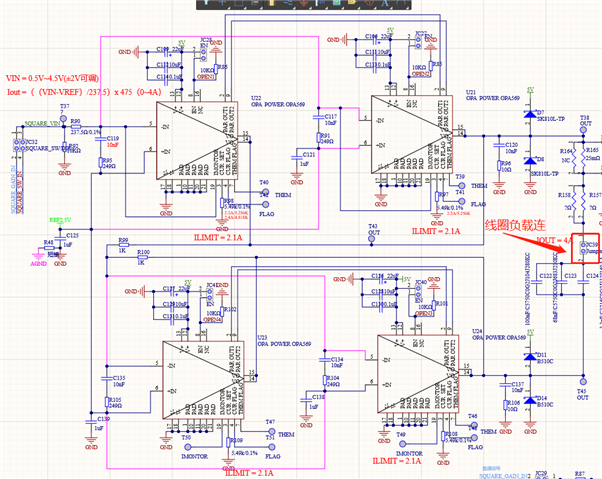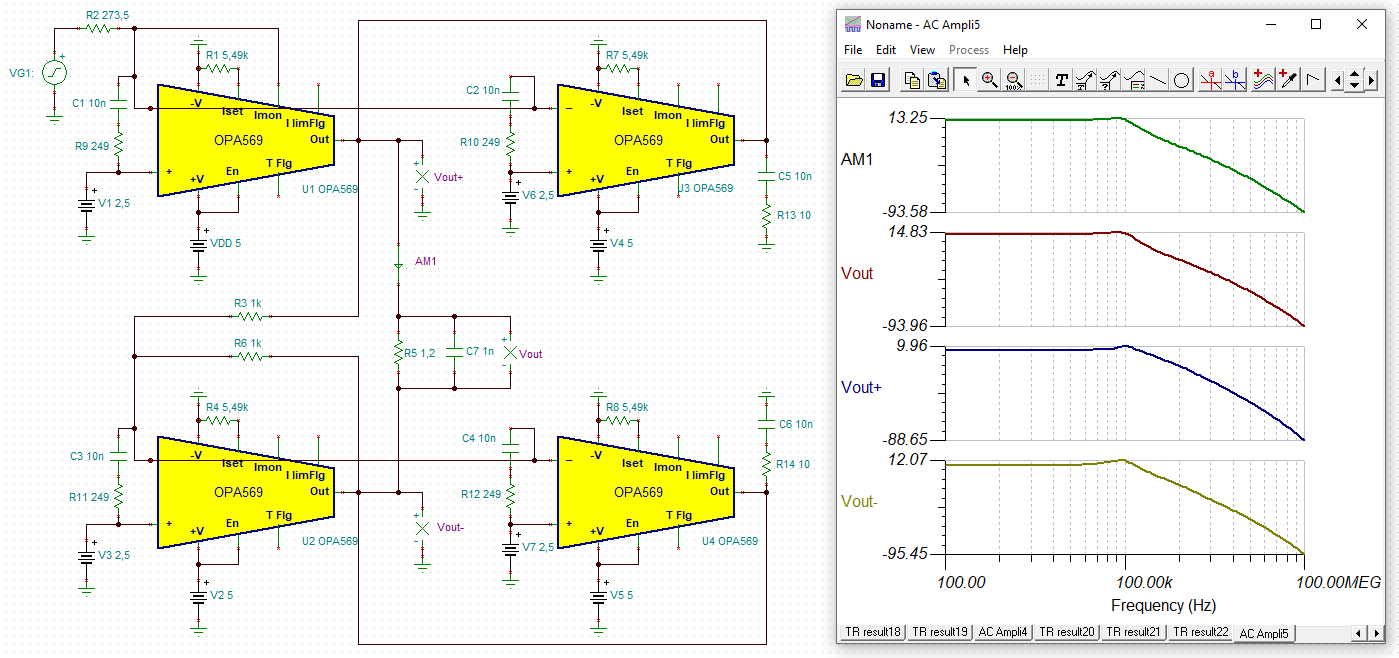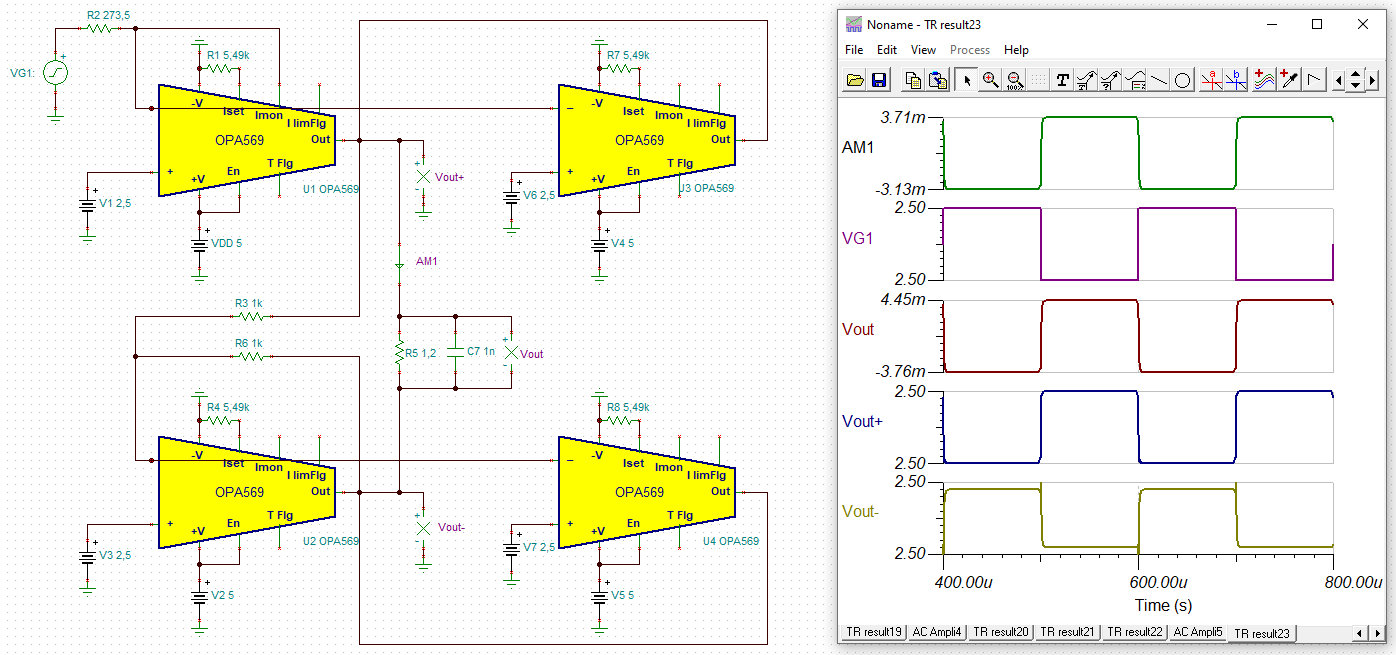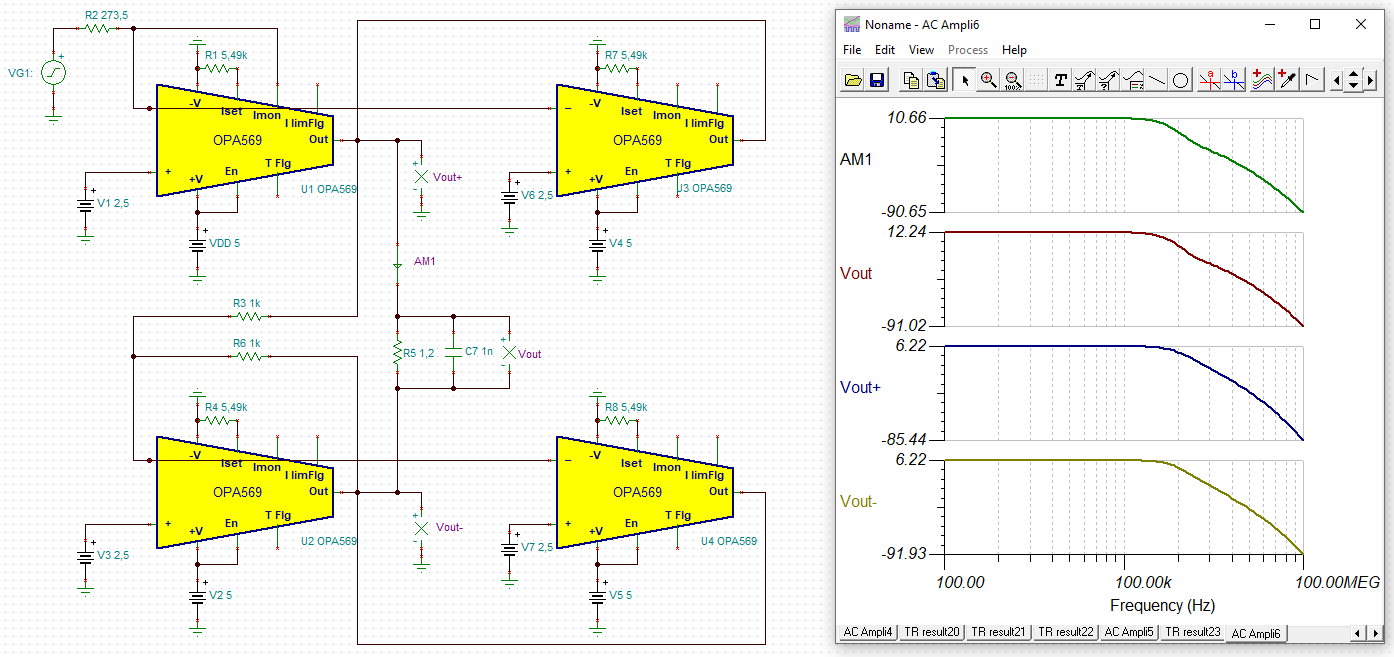Hi,
One customer used multi OPA569 in parallel with signal frequency is 20KHz to improve output current, but he found that the output waveform is fluctuate as below. But if he decrease the frequency, the output waveform is improved obviously.
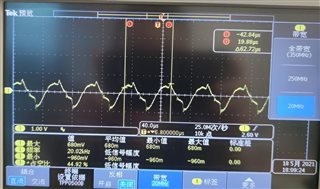
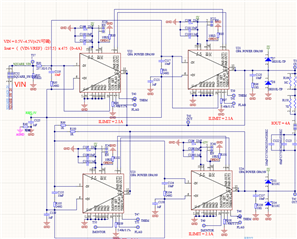
The capacitive load has been replaced by the resistor, so it isn't the capacitor caused the fluctuate.
Best regards
Kailyn



